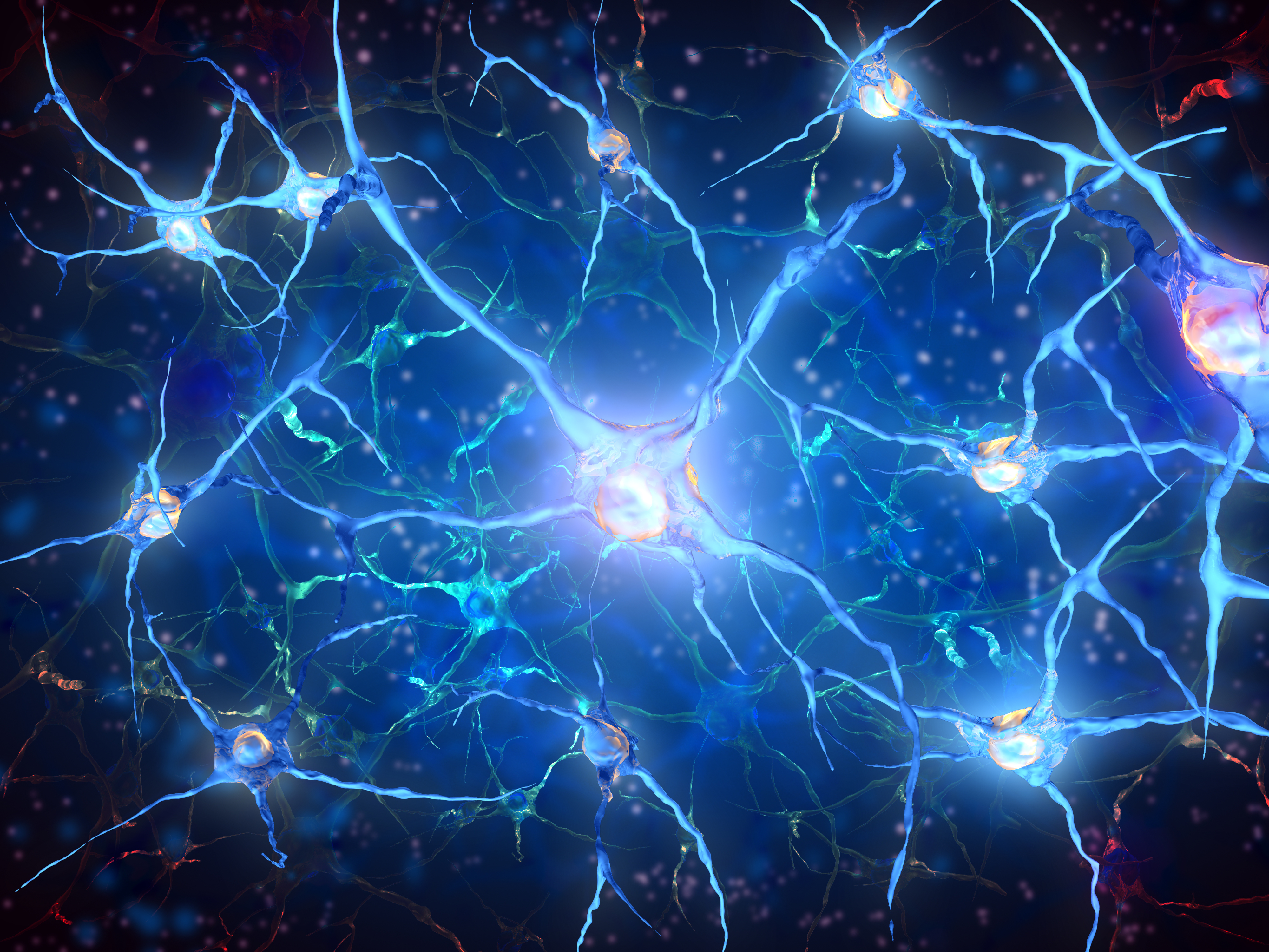Demonstrates a lack of understanding of what it is low-skilled workers do, and the reasons for automation.
Automation does not happen for its own sake; it is usually a to a need for lower production/service cost, or higher efficacy (greater production speed, more consistent quality, and so on).
The need for lowering the cost of key public services often leads to them being carried out less frequently, or to wage depression of low-wage workers. It is far easier for small contractors to do this than to invest in the kind of infrastructure required for full automation. This is not a mere investment of money, but more importantly of attention, mindfulness, and a willingness to adopt a new business model.
Full-automation systems will most likely come about when a conglomerate successfully acquires the required technology, integrates it vertically, and offers the complete package as a series of contracts to be completed over a decade or two. The technology is almost there, but the level of integration with ministries (MEWR, MND, MTI, MOT) and stat boards (URA, HDB, BCA, NEA, among others) this requires means that it will spend more time clearing red-tape than actually being engineered.
In the meantime, low-skilled workers remain the obvious choice.






 TFX PSU
TFX PSU
 picoPSU plugged into 24-pin motherboard connector housing
picoPSU plugged into 24-pin motherboard connector housing A 24-pin power connector on the motherboard.
A 24-pin power connector on the motherboard.